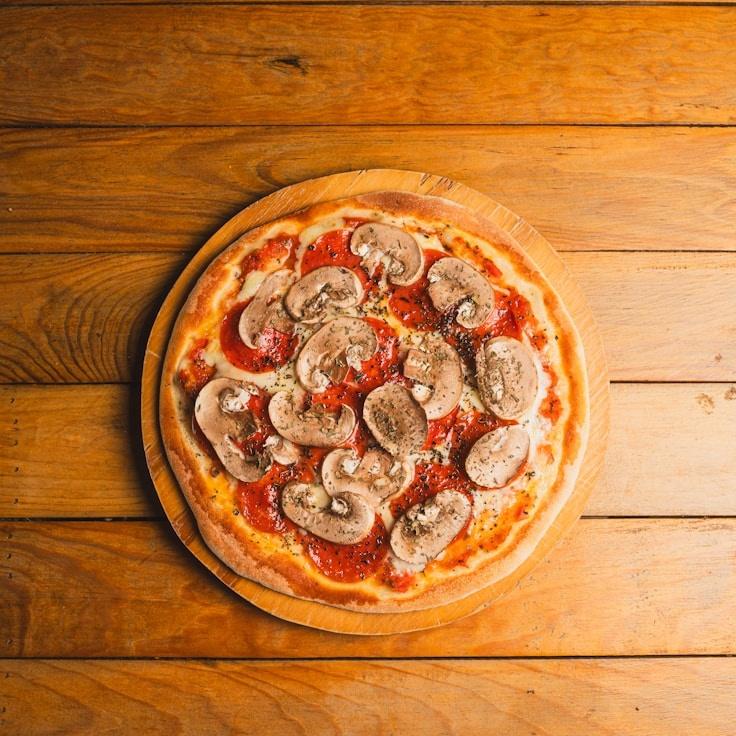Here at GraniteCourt, we hold the notion that extraordinary pizza is born out of extraordinary dough. With our recipe undergoing refinement for over 30 years, we are thrilled to divulge some insider tips. Although our precise concoction remains confidential (some legacies are best left untouched!), here are some guidelines for achieving pizzeria-standard pizza dough in your own kitchen.
Choosing the Right Flour
A key component to the best pizza dough is premium flour. 00 flour, an ultra-fine Italian variety with a moderate protein level (approximately 12%), is our go-to choice; it strikes an ideal balance between elasticity and softness. If 00 flour is not available, a viable alternative is bread flour, even though the resulting texture may vary.
Water's Role in Dough Consistency
The fermentation and maturation of your dough are greatly influenced by water temperature. Use cooler water, around 45°F (7°C), for a prolonged fermentation, which enhances taste. Conversely, warm water at about 85°F (29°C) will speed up fermentation. Aim for a hydration ratio of 60-70% with respect to your flour for optimal results in standard home ovens.
Yeast and Time: The Essence of Flavor
For a dough imbued with flavor, the secret lies in using a minimal amount of yeast over expanded fermentation periods. A mere 0.2% of fresh yeast is used based on the flour volume, allowing the dough to ferment for a full 24 to 48 hours. This slow progression nurtures the development of intricate flavors, while simultaneously yielding a dough that's more digestible.
The Integral Function of Salt
Salt is fundamental not just for its seasoning properties; it also enhances the gluten network and moderates fermentation. We suggest incorporating fine sea salt at a concentration of 2.5-3% relative to your flour weight. Integrate it once the flour and water have begun to amalgamate to avoid direct contact with the yeast.
The Craft of Fermentation
Once mixed, leave your dough to undergo initial fermentation at room temperature for a couple of hours, then partition it into separate spheres. Secure these portions in lidded containers and let them ferment in the refrigerator for 24 to 72 hours. It's during this cold fermentation phase that transformative reactions occur; enzymes convert starches into sugars, yielding both taste and the enticing brown color seen on our crusts.
Gentle Touch and Dough Treatment
When you're ready to bake, bring out the dough from the fridge 1-2 hours ahead to warm. It's important to handle the dough delicately, keeping the gas bubbles intact. Rather than using a rolling pin, which compresses those bubbles, use your fingertips for pressing and stretching the dough.
Bringing in the Heat
Our pizzas are traditionally cooked in wood-fired ovens that reach 850°F (454°C), but home ovens usually top out at 550°F (288°C). To get around this, we suggest using a pizza stone or steel preheated for a minimum of one hour, which will provide the robust bottom heat necessary for that perfectly crisp exterior and light, airy inside.
The process of mastering pizza dough is an evolving adventure. Each attempt can teach you something more about the nuances involved. Therefore, it's beneficial to keep a record of your adjustments and experiences to refine what techniques suit your cooking environment best.
Come observe our dough-crafting methods firsthand by taking part in our monthly pizza making sessions hosted by Chef Giulia. Check out our event calendar for the next available workshop!

